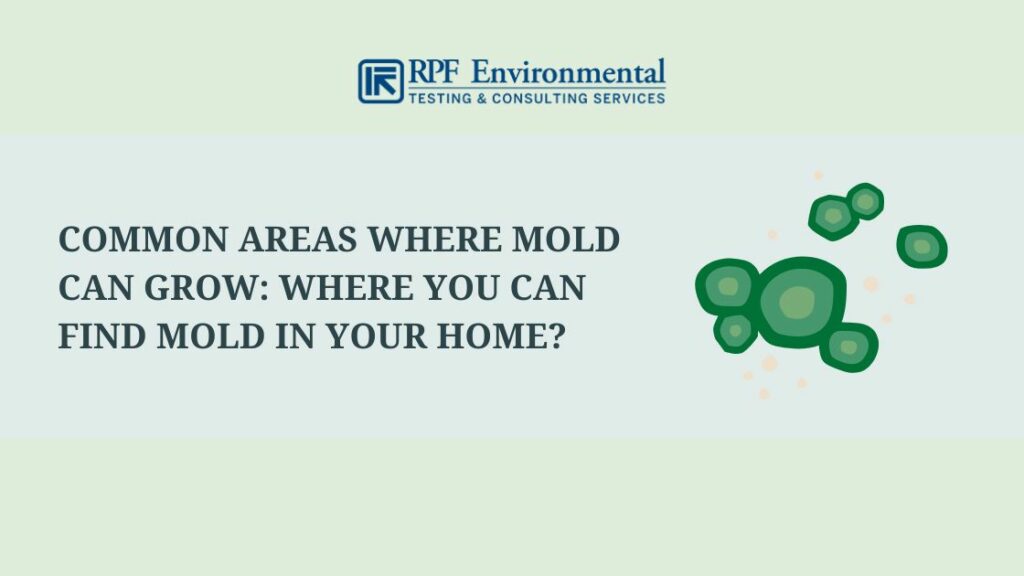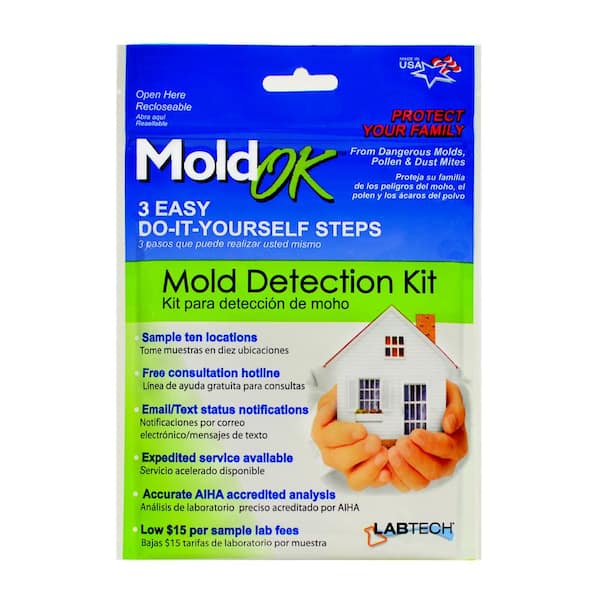How Mycotoxin Testing Assists Avoid Contamination and Protect Food Materials

Mycotoxin testing is a crucial practice in the food market, acting as a frontline protection against contamination by dangerous toxins created by molds. With the application of sophisticated strategies like High-Performance Liquid Chromatography (HPLC) and Liquid Chromatography-Mass Spectrometry (LC-MS), food producers can precisely find and quantify mycotoxin levels in farming items. This positive strategy not just makes sure conformity with stringent safety policies however additionally mitigates wellness risks to customers. Moreover, regular screening strengthens brand online reputation and monetary wellness by lowering contamination-related cases. Just how specifically do these screening procedures integrate into the more comprehensive food safety method?
Comprehending Mycotoxins
Recognizing mycotoxins starts with identifying that they are harmful secondary metabolites produced by specific mold and mildews, which can contaminate farming products. These metabolites are not essential for the growth or recreation of the fungi however can have severe implications for animal and human wellness. Mycotoxins are typically discovered in staple plants such as corn, wheat, barley, and nuts, where they can multiply under certain conditions of moisture and temperature.
There are several types of mycotoxins, each created by different fungal types. Fusarium species generate trichothecenes and fumonisins, both of which are associated with various acute and persistent health issues.

Dangers of Mycotoxin Contamination
The dangers of mycotoxin contamination are multifaceted, posturing significant hazards to both food safety and security and public health. Mycotoxins, hazardous substances produced by specific kinds of fungis, can pollute a large range of agricultural products including cereals, nuts, flavors, dried fruits, and coffee.
Financial effects are one more significant issue. Polluted plants can cause significant economic losses for farmers and food producers as a result of lowered returns and the need for costly purification procedures. In addition, international trade can be dramatically impeded as countries impose strict mycotoxin guidelines to protect their populations, bring about declined deliveries and stretched trade relations.
Ecological aspects such as environment adjustment aggravate the risk of mycotoxin contamination. Variations in temperature level and moisture can create beneficial problems for fungal development, increasing the likelihood of contamination events. Thus, understanding and reducing these threats are important for making certain the security and integrity of global food supplies.
Techniques of Mycotoxin Checking
Precisely recognizing mycotoxin contamination in farming products is necessary for guarding public wellness and maintaining food safety and security requirements. Various approaches are used to spot and quantify mycotoxins, each offering details advantages and limitations.
High-Performance Liquid click site Chromatography (HPLC) is an extensively utilized method because of its high level of sensitivity and precision. It involves dividing mycotoxins from other substances in a sample, making it possible for exact quantification. Liquid Chromatography-Mass Spectrometry (LC-MS) incorporates liquid chromatography with mass spectrometry to provide thorough molecular info, making it particularly beneficial for identifying several mycotoxins simultaneously.

Gas Chromatography-Mass Spectrometry (GC-MS) and Thin-Layer Chromatography (TENDER LOVING CARE) are additionally utilized, each with unique applications. GC-MS works for unpredictable mycotoxins, while TLC provides an easier, economical option for initial testing.
Advantages of Normal Evaluating
Normal testing for mycotoxins in farming items offers many advantages, substantially adding to public health and wellness and food safety and security. By identifying contamination early, regular testing helps stop the distribution of harmful foods, consequently minimizing the danger of mycotoxin-related health problems among customers. This proactive technique not only safeguards human health and wellness however also boosts the overall high quality of food materials.
Constant screening likewise supports regulatory conformity. Various nations and areas have developed strict limitations for mycotoxin degrees in food and feed. Complying with these limits through normal testing ensures that manufacturers and providers satisfy lawful requirements, consequently preventing charges and trade obstacles. Preserving conformity cultivates consumer trust and brand name track record, which are crucial for market success.
Additionally, regular mycotoxin testing can result in substantial financial benefits. Early detection of contamination enables prompt treatment, decreasing potential losses from widespread contamination. Applying basics routine screening methods can likewise lessen recall costs and relevant obligations, which can be monetarily ravaging.
Moreover, routine testing supplies important information that can notify far better agricultural techniques and storage space conditions. By comprehending patterns of contamination, producers can embrace safety nets, thereby adding and lowering future risks to the sustainability of the food supply chain.
Applying Evaluating Methods
Executing reliable mycotoxin testing methods is crucial for making certain the security and top quality of farming products. Each phase should be inspected to determine where mycotoxin contamination is most likely to happen.
When critical control points are identified, choosing suitable screening techniques is vital. Common methods consist of enzyme-linked immunosorbent assay (ELISA), high-performance fluid chromatography (HPLC), and mass spectrometry (MS) Each technique has its weak points and toughness; therefore, selecting the proper one depends on the certain mycotoxin being tested, the needed level of sensitivity, and available resources.

Lastly, incorporating the screening methods right into a thorough food safety and security administration system is a good idea. This enhances traceability and allows swift rehabilitative actions when contamination is found, thereby safeguarding the stability of the food supply chain.
Verdict
Mycotoxin testing is crucial in protecting against contamination and safeguarding food supplies by making it possible for very early discovery of harmful toxins created by molds in farming products. Routine testing improves brand name reputation, financial security, and depend on in food safety by decreasing contamination-related losses and preserving high criteria in food manufacturing.
Mycotoxin testing is a vital practice in the food sector, offering as a frontline protection against contamination by damaging contaminants produced Read Full Report by molds. An incorporated strategy including agricultural methods, storage space management, and normal screening can reduce the risks associated with mycotoxin contamination, guaranteeing food security and public health and wellness.
The threats of mycotoxin contamination are complex, positioning considerable threats to both food safety and security and public health and wellness.Regular screening for mycotoxins in agricultural items provides numerous benefits, dramatically adding to public wellness and food safety and security.Mycotoxin screening is important in protecting against contamination and guarding food materials by allowing very early detection of dangerous toxins produced by molds in farming products.